The French Navy has just announced its intention to increase the crew size of its FREMMs, so as to strengthen the resilience of the ships. Each frigate will see its crew reinforced by 20 members, an increase of almost 20%, excluding the naval aviation detachment.
There is no doubt that the deployments of the Languedoc frigate, of the Aquitaine class, then of the Alsace, of the eponymous class, in the Red Sea, to escort and protect civilian ships from Houthi drones and missiles, will have been rich in lessons on the cumulative fatigue of the crews after a few weeks of high tension.
This decision goes against, however, a trend towards reducing the size of military crews, and more particularly frigates, within Western navies, both due to technological advances in automation and digitization of ships, as well as to respond to the tensions, sometimes severe, which affect these navies, in terms of manpower.
In this section:
The temptation to reduce the size of military ship crews, faced with the HR crisis of the Armed Forces
A few weeks ago, the director of internal affairs of the British group Babcock, John Howie, revealed the objective pursued concerning the design of the new Type 32 frigate of the Royal Navy, of reduce the ship's crew to around fifty members.
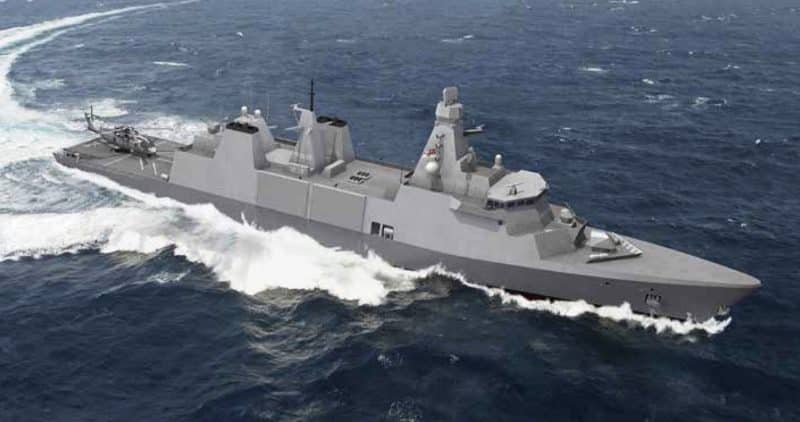
According to him, this trajectory was logical, being part of the decline observed previously, going from 185 crew members for the Type 23 frigates of the Duke class, to 105 for the new Type 31s which must enter service during the second half a decade, then 50, for the Type 32s which succeeded them.
The British naval group is betting on the evolution of automation, robotization and virtual presence technologies to achieve this, and thus provide an unexpected response to the Royal Navy, which is encountering immense problems regarding its workforce.
As is often the case, reactions to this announcement were divided, with on one side its supporters considering it audacious, but realistic, and on the other, those who viewed it with amazement, believing that the workload on board a frigate , would not be satisfied with such a small crew.
Improving the combat resilience of the crew of the FREMM frigates of the French Navy
In this area, the recent announcement made by the French Navy will certainly add fuel to the debate. In fact, it has just announced that it will, in the coming months, increase the size of the crew of its FREMM of the Aquitaine and Alsace classes, from 20 members, to reach 140 people, air detachment included.
For the French Navy, it is a question of responding to recent feedback, such as those concerning the Languedoc and Alsace frigates, during their deployment in the Red Sea, to escort commercial ships and protect them from Houthi missiles and drones.
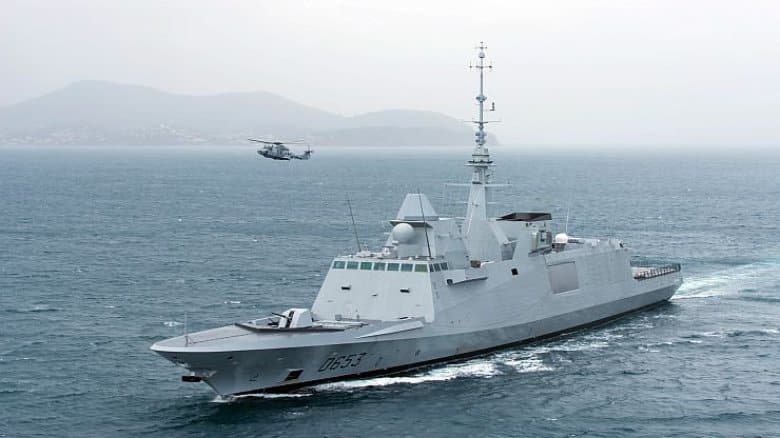
For several weeks, the crews had to maintain a constant, reinforced watch, knowing that the threat could arise at any time, and that the deadlines and the precision of the responses provided could condition the safety of the ship, as well as those under its control. protection.
Obviously, the optimized format of the French FREMM crews was not sufficient to absorb the constraints and unforeseen circumstances of such deployments in areas of high tension.
If the crews performed more than well, and demonstrated the excellence of their training and the equipment implemented on board the two frigates, there is no doubt that fatigue quickly set in on board, threatening its effectiveness. , therefore its security, as well as its resilience in combat.
This is not the first time that the FREMM crew format has been revised upwards. Initially, it was to have only 96 officers, petty officers and sailors, on board, precisely thanks to the integrated advances in terms of automation and digitalization of the building.
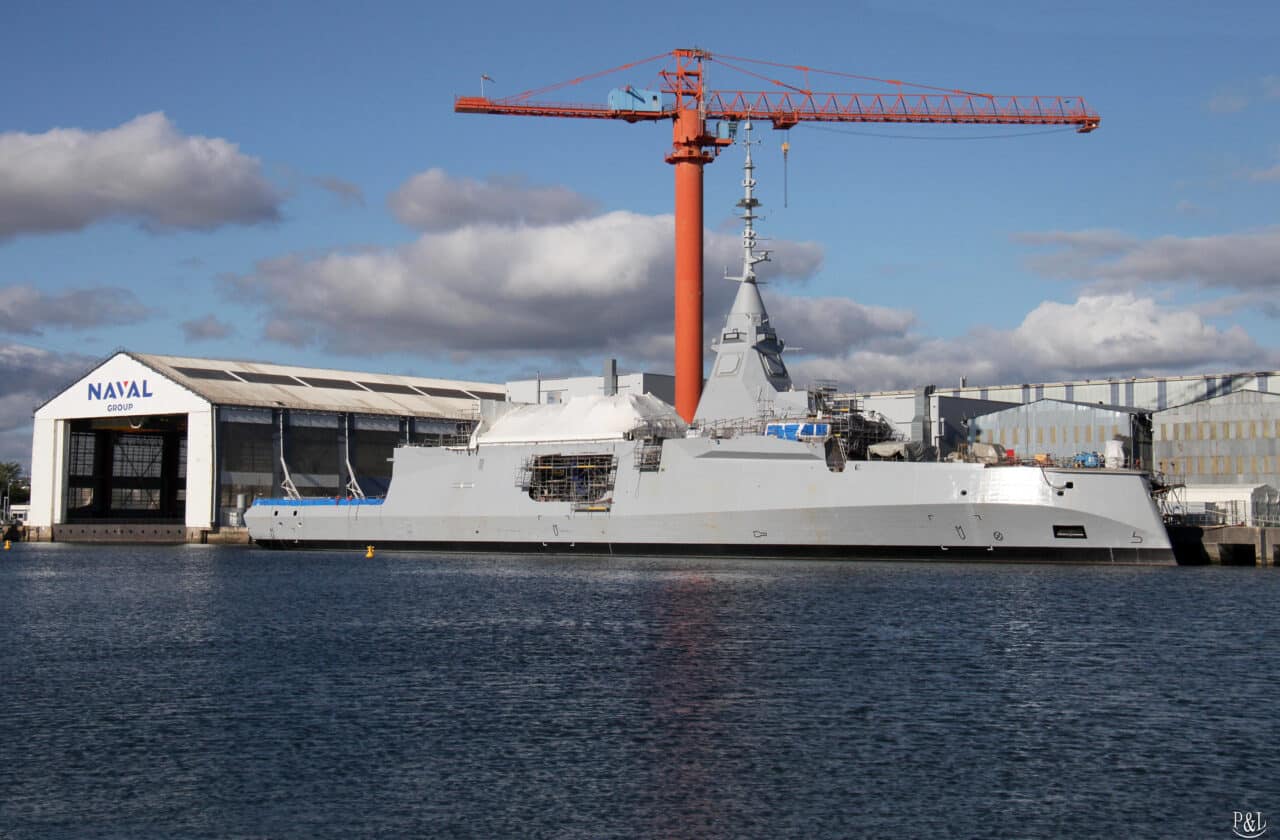
Quickly, however, it became obvious that this format led to excessive fatigue of the crew, and this was then increased to 108 members, excluding aviation equipment (15 members).
In addition, the French Navy implemented, from 2018, the principle of double crewing on four of its FREMMs, two per seafront. This made it possible to significantly reduce crew fatigue, more particularly social fatigue, by significantly reducing the number of sick leave per year, while increasing the number of days at sea per ship, going from 123 to 162 days per year on average, i.e. an increase of almost 33% in operational availability per ship.
Western Navies rediscover high naval intensity
If the double crew and an increased format have, in fact, allowed the FREMM to better respond to operational pressure in recent years, demonstrating in passing, during exercises, increased qualities, it however seems that this is not yet sufficient to respond effectively to a high-intensity naval engagement.
The deployments in the Red Sea of the Languedoc frigates, then Alsace, on the other hand, are similar to this type of environment. In fact, for more than two months, the crew of Languedoc, and after that of Alsace, had to evolve in an environment of direct and constant threats, requiring constant vigilance.
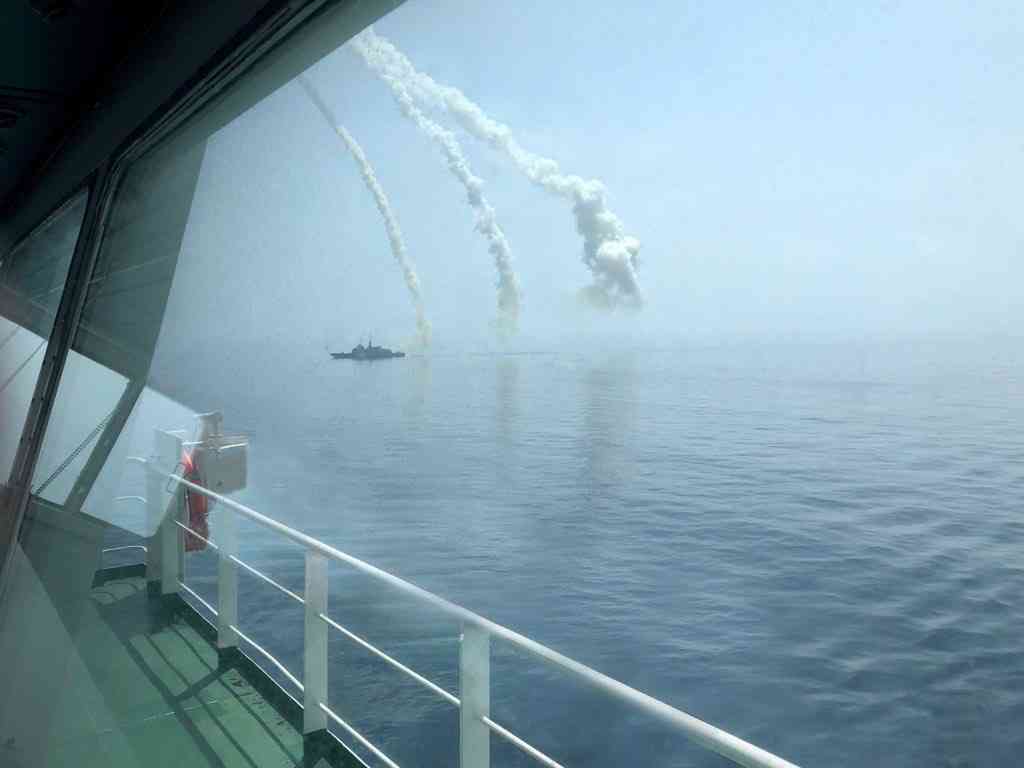
It is likely that the risks taken by the two French ships, to respond to Houthi missile and drone fire, were not the same as if they had had to confront a first-rate opposing Navy and air force. , equipped with more efficient ammunition.
However, the tension was sufficient for the Admiralty to decide to modify the format of these crews, even if the measure had been in preparation for several months. It takes advantage, to provide the workforce, of the dissolution Transformation and Reinforcement Groups, which ensured the training and transformation of crews to the new FREMM frigates, when these were delivered by Naval Group.
Conclusion
It remains to be seen, from now on, how the two opposing trajectories, one moving towards the drastic reduction of crews under the cover of increased automation, and the other, towards their strengthening to support operational pressure in high-intensity theaters, will negotiate with each other.
One thing is certain, however. In this area, the French Navy, with the FREMM, has already experienced the consequences of too small a crew, in peacetime, but also in operational conditions of varying intensity.
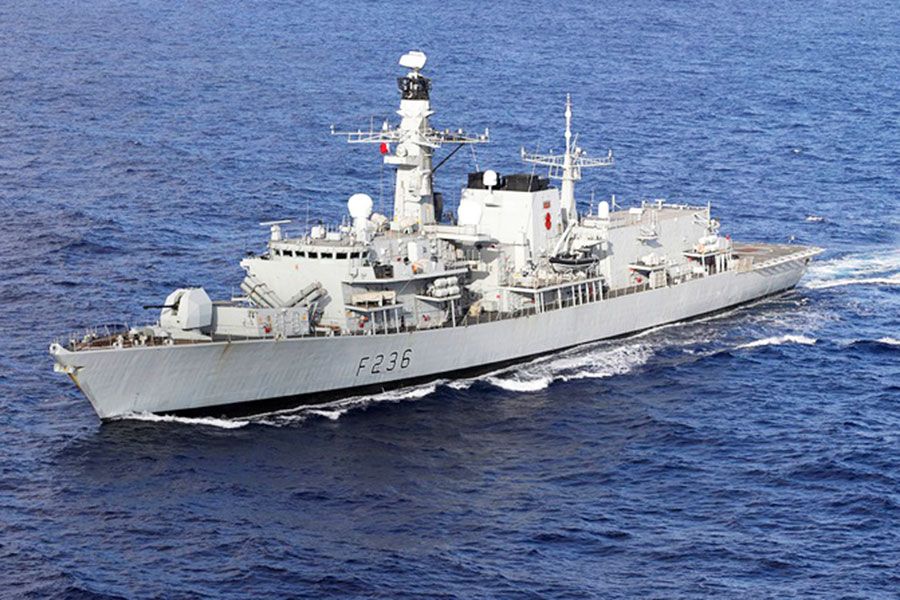
The Royal Navy, although it shares the same theaters of operation, and the same threats, as its French counterpart, until today uses Type 45 destroyers of the Daring class, with 190 crew members, and Type 23 Duke class frigates, and their 185 members.
As for the US Navy, which shares a lot with the British Navy, it is limited to deploying, in medium to high intensity zones, its A.Burke destroyers (323 crew members), the LCS and their crews of 65 people, being excluded.
In this context, we can wonder if the Royal Navy, like Babcock, are not showing an excess of enthusiasm, and perhaps, also, an obvious lack of perspective and experience in the matter, by aiming for such a small crew for its Type 32s?
Article from March 29 in full version until May 5, 2024

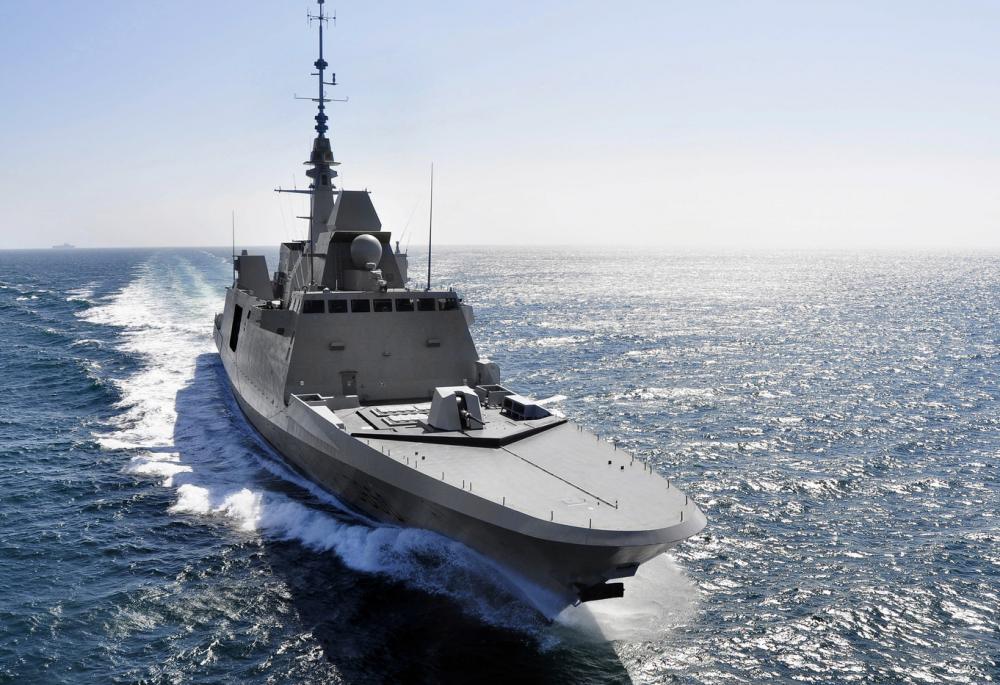
This decision dates from before the Fremm engagement in the Red Sea.
It will do good... if HR follows.
100% agree with you Mrs. Wolf. The wealth of the Naval is not its boats but its HR.
A boat is ready in 24 months, a trained and efficient crew is priceless.